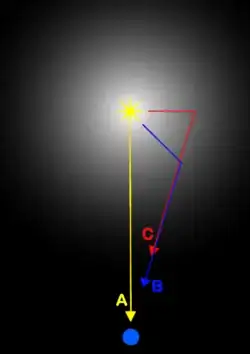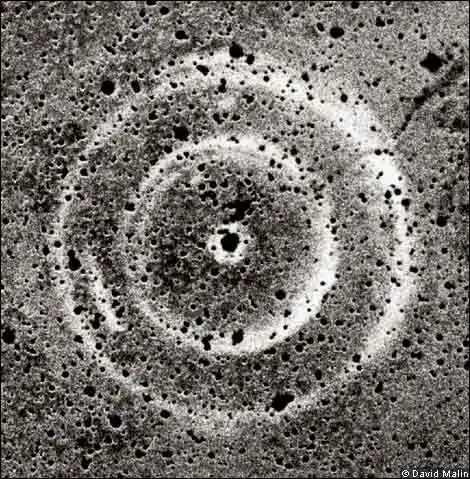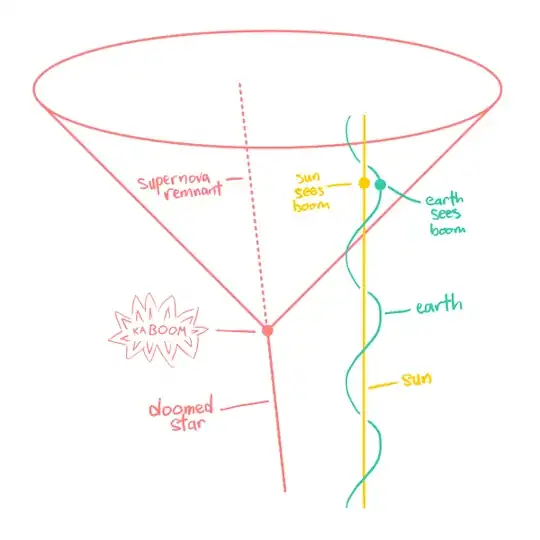Usually relativistic time dilation effects require something traveling near the speed of light. But the high speed requirement can be replaced with a high distance requirement instead. Traveling away from a distant location will let you observe older distant events than when traveling towards a distant location.
What I think this means is if you observe a supernova that's at just the right distance away while the Earth is traveling away from the event during its orbit then wait half a year for when the Earth is traveling in the opposite direction, you'll sweep another slice of space from spacetime that also contains the supernova event. You should be able to adjust what distance this works for by waiting for different velocity differences during orbit or sending a satellite up to have more control over the velocity differences and wait times.
Do we have any photographed evidence of the same supernova exploding twice by carefully using the time dilation effects of small velocity differences across large distances?


